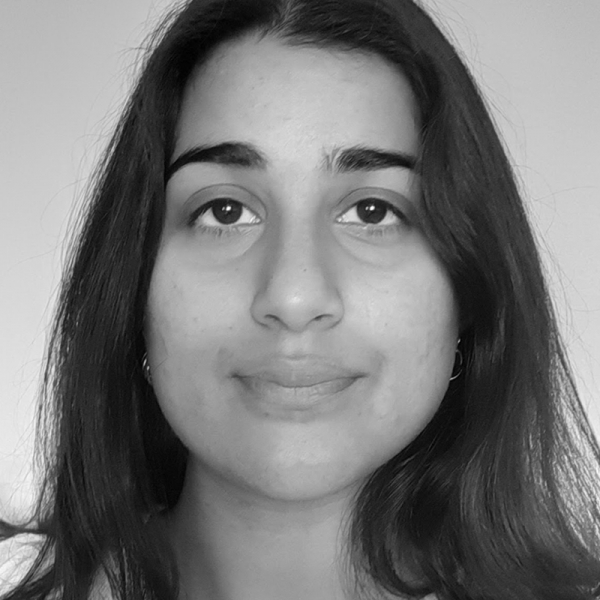October 6, 2023
The Commercial Manager of the Ukrainian agriculture company talks about the trading challenges caused by the Russian invasion and the possibility of new partnerships at the Agro&Food Security Forum.


Between the summers of 2022 and 2023, the Black Sea Corridor represented an avenue of stability for the Ukrainian crop market. With the Black Sea Initiative between Ukraine and Russia, almost 33 million metric tonnes of corn, wheat, and seed oils were shipped from Ukraine ports to China, Turkey, and across Europe.
However, the agreement was not renewed in July 2023, and since then Russia has launched several missile attacks targeting Ukraine’s Black Sea ports in the North-West and South-East.
Though pulses, yellow peas specifically, saw a slight increase this year compared to the 2022 harvesting, production volume is still a far cry from 2021 numbers, which stood at 582,000 hectares for yellow peas. With the collapse of the Black Sea initiative, issues with exports and production have only been exacerbated.
“From July [Russia] blocked some ports like Pivdenny port, from April we could only export from Danai, and river and ports from other European countries,” said Tatiana Alaverdova, the Commercial Manager of Ukrainian agricultural company, HarvEast Holding.
“Ukraine’s total export was a minimum of four or five million tonnes [of overall pulses]. Now we have exported one and a half to three thousand tonnes depending on the situation. So every month we have less than we need, pulse prices have gone down now and market prices for a lot of products, too.”
HarvEast Holding has been in operation since 2011 and is based in Kyiv. The company mainly processes grains, pulses and sunflower seeds and has strong relationships across the world and particularly with Turkey, a reliable transit country for exports and imports.
The company suffered losses in 2022 caused by the Russian invasion, losing 55,000 hectares of cultivated cropland in Donetsk and access to its HarvEast asset in Donbas.
Despite this, the company has laid the groundwork for new production areas in Ukraine, namely in the western regions. In May, HarvEast increased its area of irrigated land in Kyiv to 520 hectares which the company intend to use for seed cultivation, 82% of which will be for corn.
For Ukraine as a whole, pulse production and crop area have increased marginally in 2023 compared to last year. Yellow peas saw an increase in crop area from 118 hectares in 2022 to 128 hectares this year. Production also increased from 270,000 metric tonnes in 2022 to 281,000 metric tonnes in 2023. In parallel to production, exports have decreased this year for yellow peas, from 190,000 metric tonnes in 2022 to 150,000 metric tonnes in 2023.
The issue Ukraine has with its pulse market is mainly related to logistical issues with transporting containers, and the high price tags that come with those containers. Alaverdova explained that HarvEast is paying $50 more in logistical costs than before the invasion. In addition to exporting costs, neighbouring countries Poland, Slovakia, and Hungary have introduced a ban on grain imports. As the price for Ukrainian crops has decreased since the invasion, officials of those countries have imposed a ban to avoid local market fluctuations and a loss of income for their farmers.
As the price for Ukrainian crops has decreased since the invasion, officials [in neighboring] countries have imposed a ban to avoid local market fluctuations and a loss of income for their farmers.
On top of that, Ukraine is having issues with securing new seeds to sow for next year's harvest. Alaverdova explained how the country is unable to buy lentil seeds from Canada as the production turnover will be too low to match the latter nation’s quota.
For processors like HarvEast, the last quarter of 2023 represents a time for building new relationships with partners and predicting what pulses will bring in profit. The upcoming Agro&Food Security Forum in Warsaw, Poland, will put Ukrainian crop producers in the same room as international traders and processors from Turkey, Uzbekistan, and Switzerland.
The mission statement of the conference revolves around Ukraine and ensuring food insecurity. Alaverdova, who will be attending the conference, said: “Farmers are trying to find a market where they can sell. So is it just a case of going to the conference, the Agro&Food conference, and getting more partners.”
On the first day of the conference, attendees will visit the seaports of Gdansk and Gdynia, the former of which handled approximately 62 million metric tonnes of cargo last year.
Alaverdova said: “For Ukraine and for our partners from all over the world we understand that a lot of our foreign partners, at this moment, are not ready to go to Kyiv. We will have a trip to two ports, Gdansk and Gdynia, where we could have some logistic partners for loading containers.”
For now, next year's harvest expectations stay firmly with peas, where the crop area stands at 139,000 hectares overall, according to UkrAgroConsult. Alaverdova also hopes that chickpeas and green and red lentils will also be sown next year, along with faba beans in the Melnytsya region. Ukraine harvests pulse in the summer, in the beginning of July, sowing seeds in the Spring.
“We hope that with the conference we can secure this possibility for them,” she added. The conference has great speakers and famous pulse companies, so it’s a good opportunity for us to find a market, to understand the pulses market and and to try and grow.”

Ukraine / Ukrainian peas / Russia-Ukraine war / Black Sea Grain Corridor / Tatiana Alaverdova / UkrAgro Consult / Agro&Food Security Forum / HarvEast Holdings
Disclaimer: The opinions or views expressed in this publication are those of the authors or quoted persons. They do not purport to reflect the opinions or views of the Global Pulse Confederation or its members.